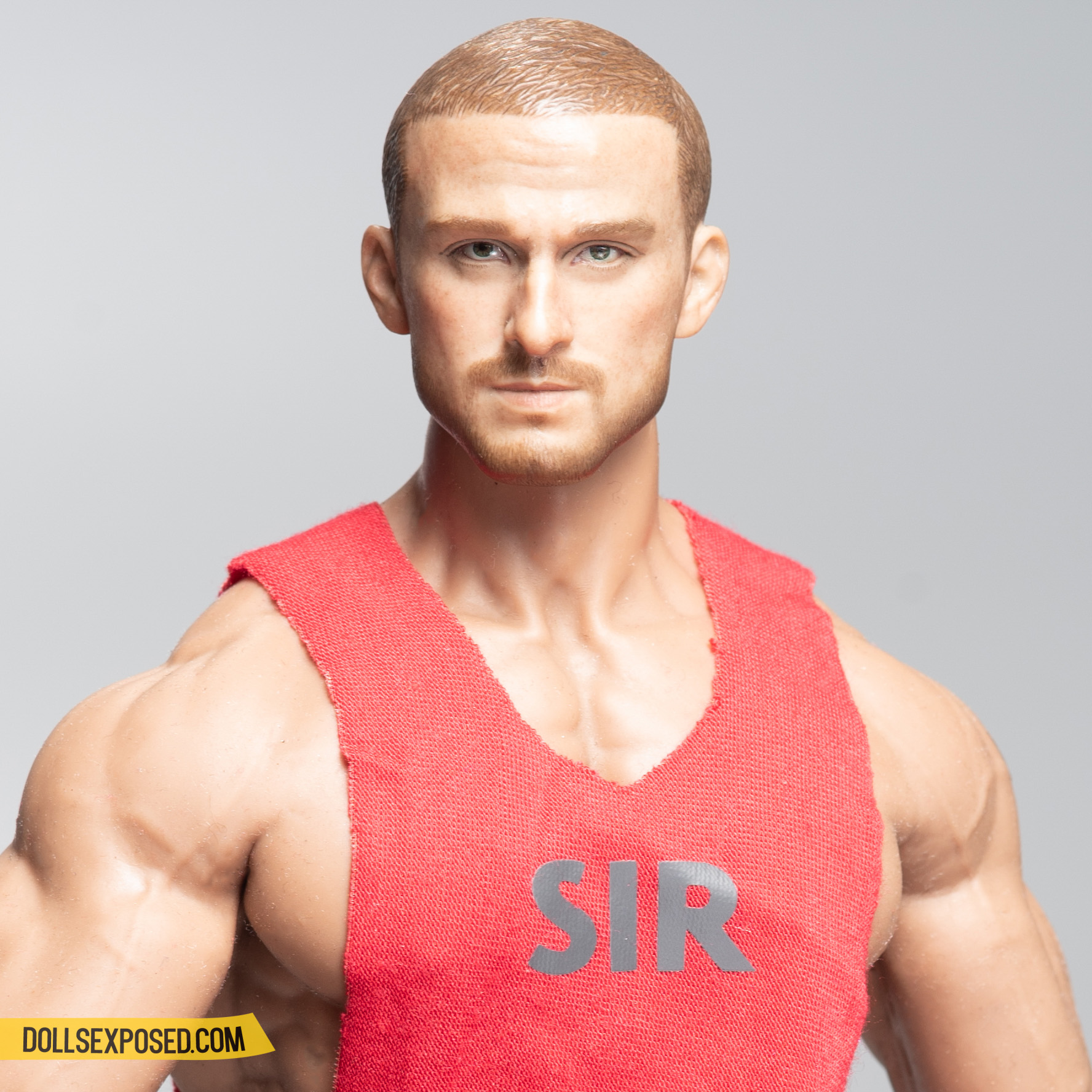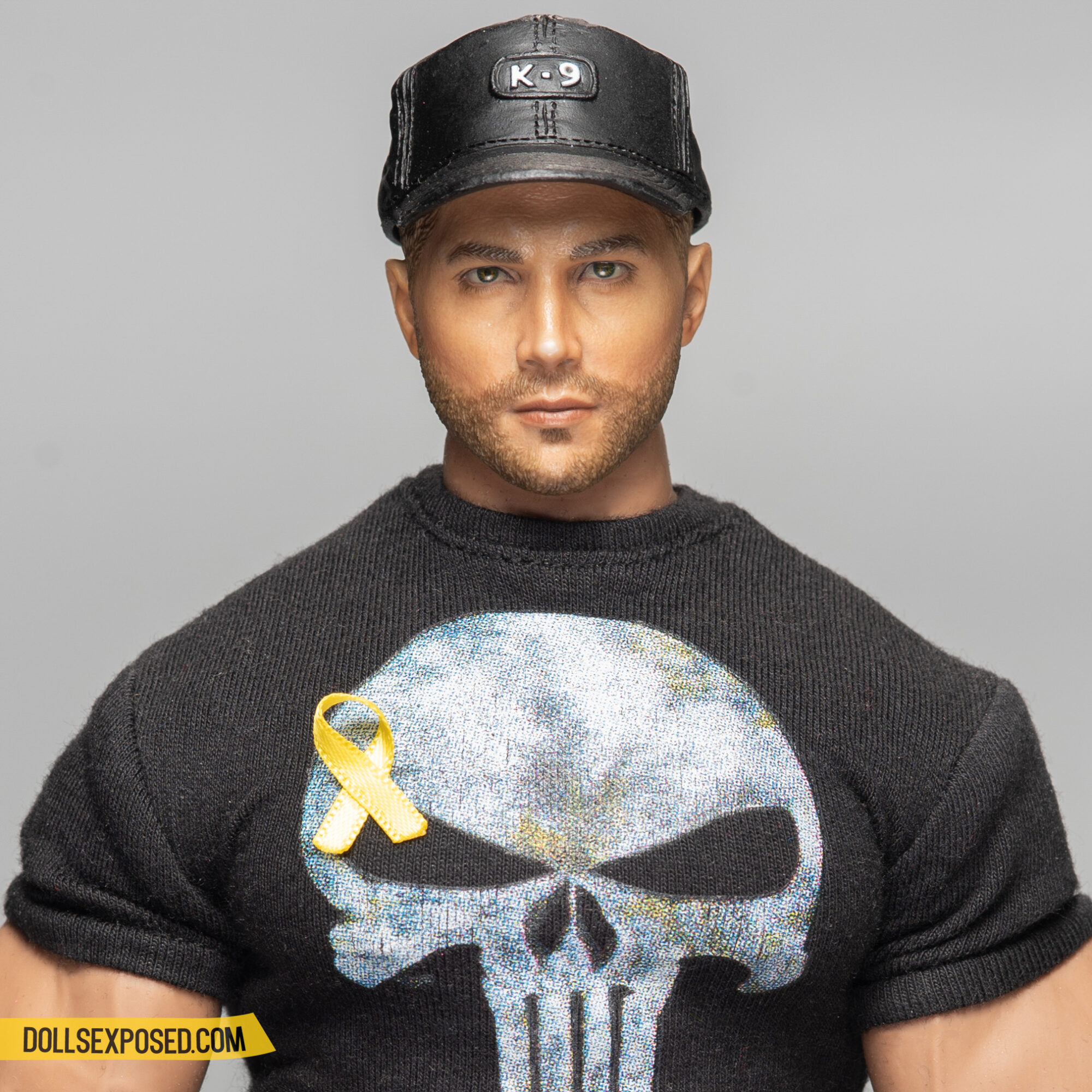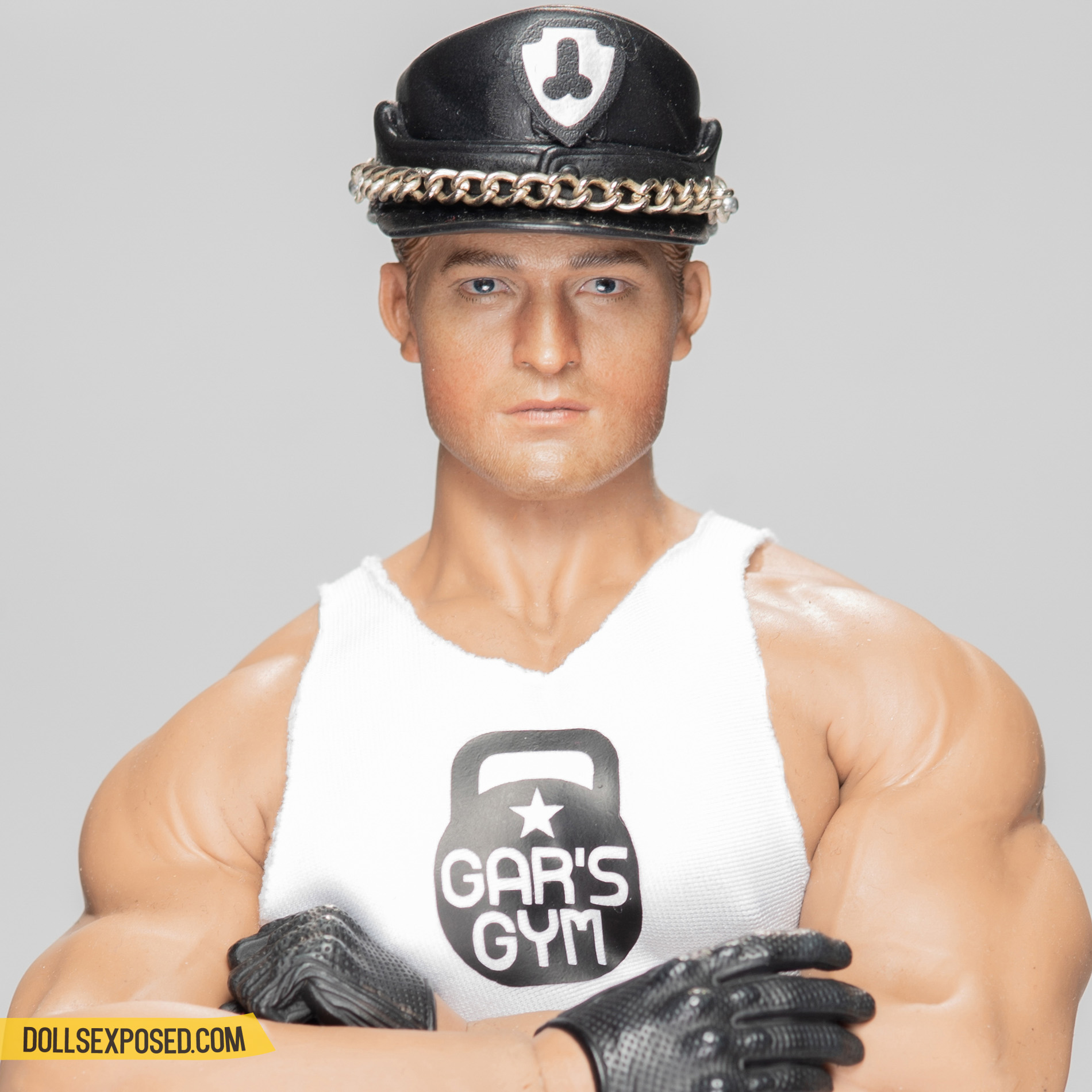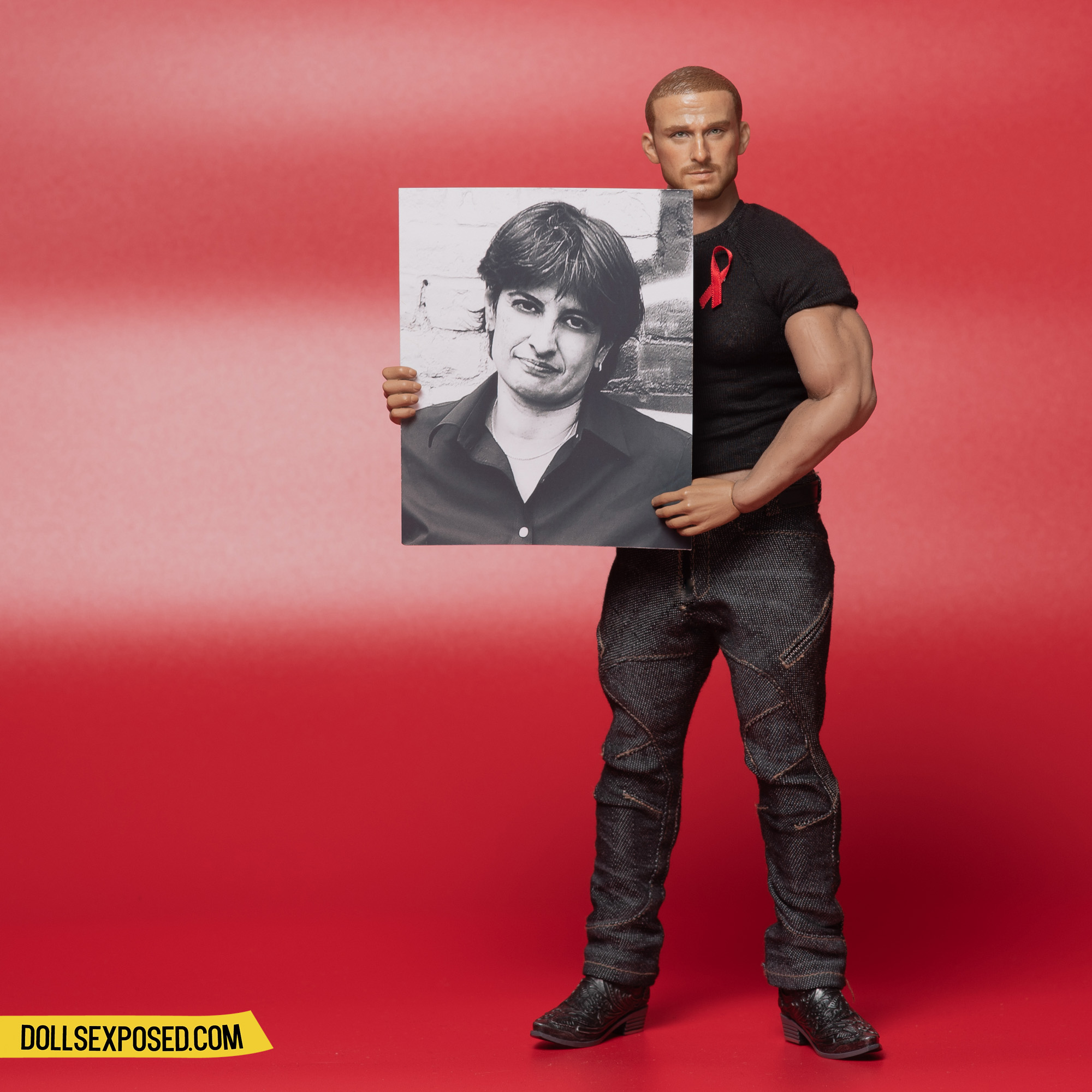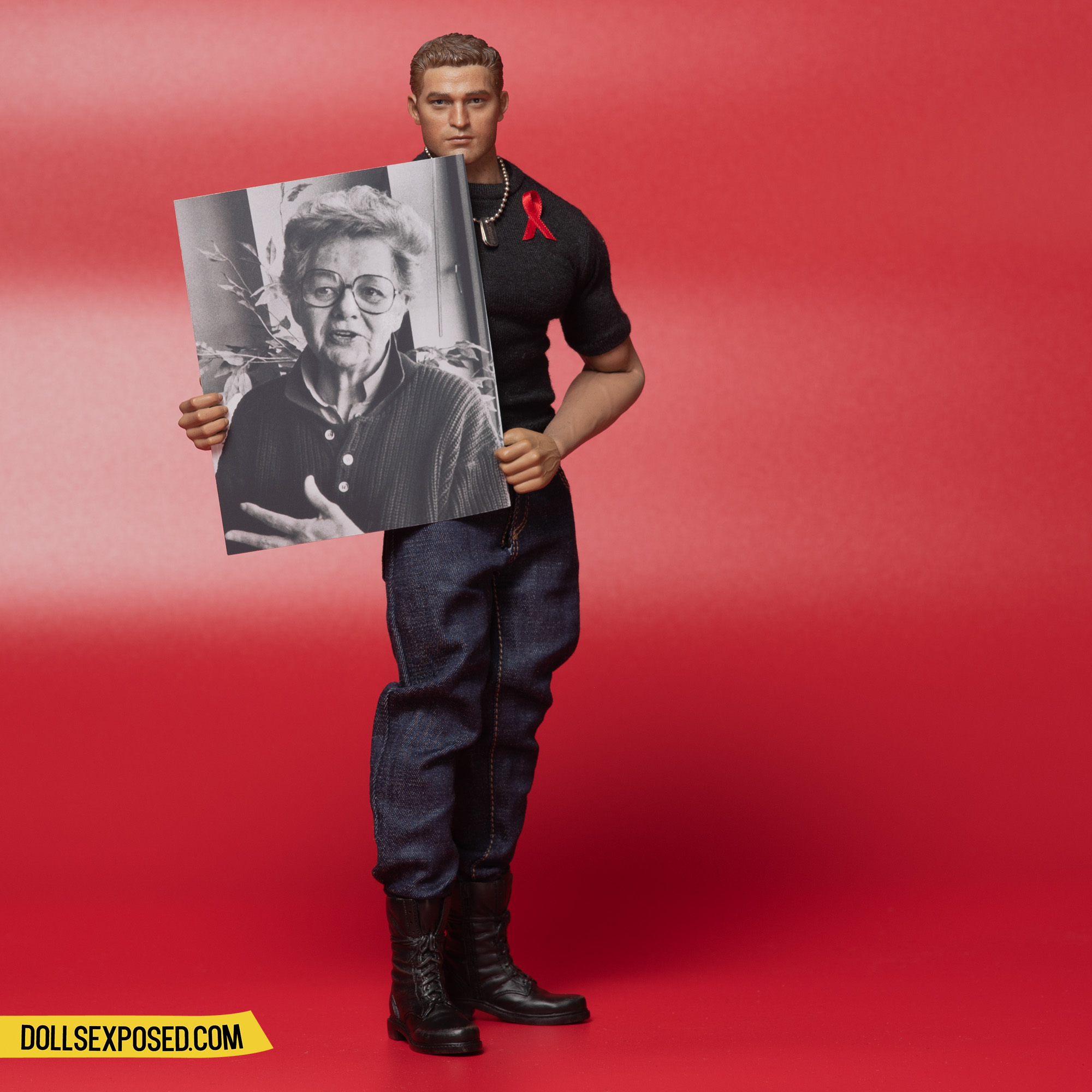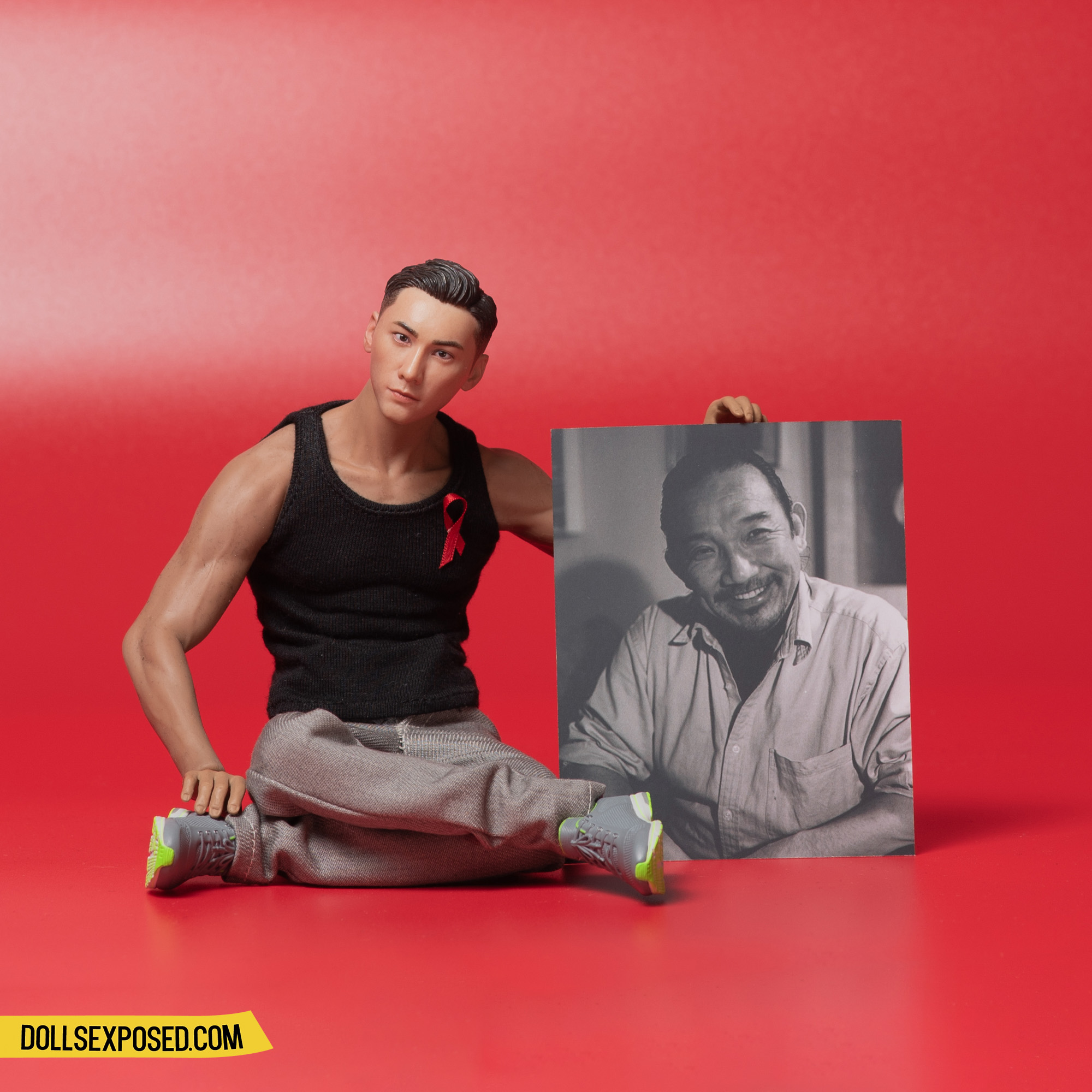World AIDS Day has always been important to me. I remember when I was in college, I’d go around campus giving out red ribbons I’d made the night before. I’ve lost a few friends and acquaintances to AIDS, especially back in Indonesia decades ago when the stigma was overwhelming and it trumped over treatment and prevention.
I’m glad to live in an era of PrEP and PEP and am excited about current and future breakthroughs.
But, unlike millions of others, I’m one of the privileged ones. Thanks to my insurance, I’ve enjoyed free access to PrEP as well as regular STI tests so I can monitor my sexual health.
This is why the theme of this year’s #worldaidsday2022 by UN AIDS is “Equality,” whilst HIV.gov proposes “Putting Ourselves to the Test: Achieving Equity to End HIV.”
For today’s post, the boys have chosen their HIV/AIDS heroes. Think of it as an early #nationalheroesandheroinesday. Each of these activists was a survivor of inequity, and they fought to end not only HIV and AIDS but also the stigma that comes with having HIV and AIDS as well as being queer in general.
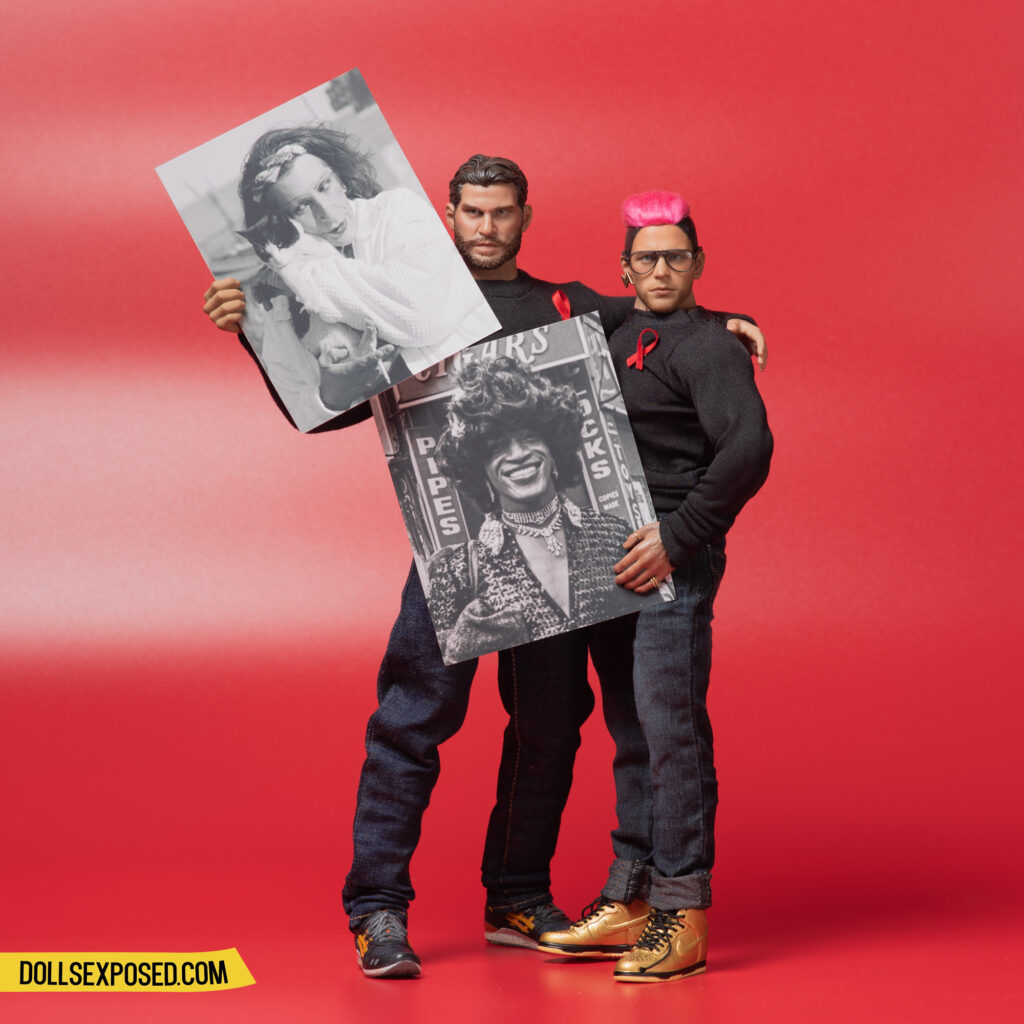
Manuel chooses Sylvia Rivera to honor both her bravery and their Latin heritage. Chrissy chooses Marsha P. Johnson to honor her legacy and struggles with mental illness.
Rivera and Johnson lived on the fringes of society. They knew firsthand what it was like to be destitute, outcasts, persecuted, discriminated against, and yet overlooked and invisible. They stared down fear and challenged it until the day they died.
Rivera’s photo: Valerie Shaff.
Johnson’s photo: Barbara Alper/Getty Image.
Resources:
Gar didn’t have an easy childhood with his parents, but thankfully they’ve come to love and accept him later in life. To honor them, he chooses Nita Pippins, the mother of a gay man who died of AIDS and who later became the mother of so many other AIDS victims.
Pippins’ compassion helped other parents navigate their child’s sexuality, disease, and death. She held the hands of AIDS patients as they passed and helped other parents navigate their child’s sexuality, disease, and death.
Pippins’s photo: Marilynn K. Yee/ The New York Times.
Resources:
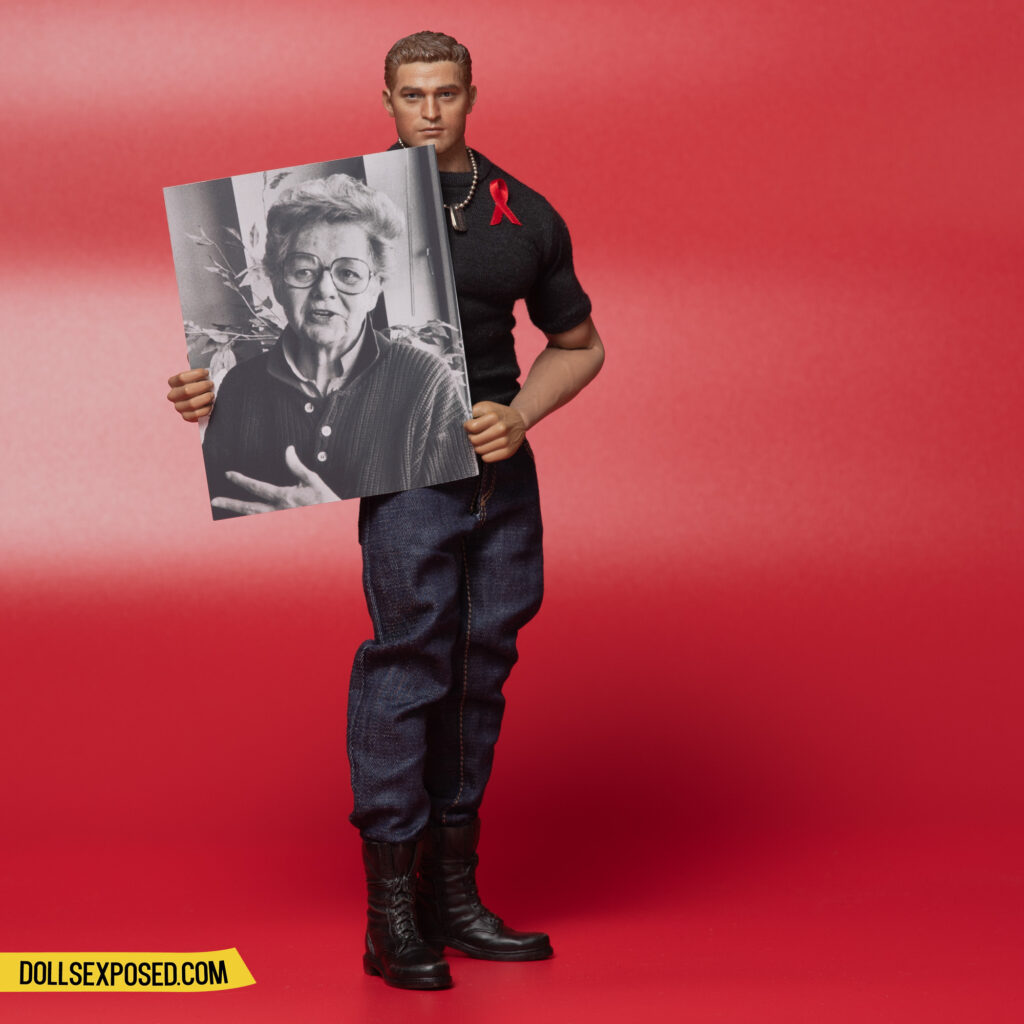

Matt’s job in construction means he gets to meet and know many strong gay women. This is why he chooses Urvashi Vaid, the activist who confronted President George H.W. Bush during his address on AIDS in March 1990 in Arlington, Virginia.
Women, especially queer women like Vaid, have been shoved into the background when it comes to HIV/AIDS activism.
Vaid’s photo: Jurek Wajdowicz.
Resources:
Takeshi chooses Kiyoshi Kuromiya, the Japanese- American activist who marched with Martin Luther King, Jr. and became his aide.
Not only did Kuromiya play a significant role in the HIV/AIDS movement, but he was also one of the people who shattered the Asian vs Black mentality.
Kuromiya’s photo: John J. Wilcox, Jr. Archives, William Way LGBT Community Center
Resources:

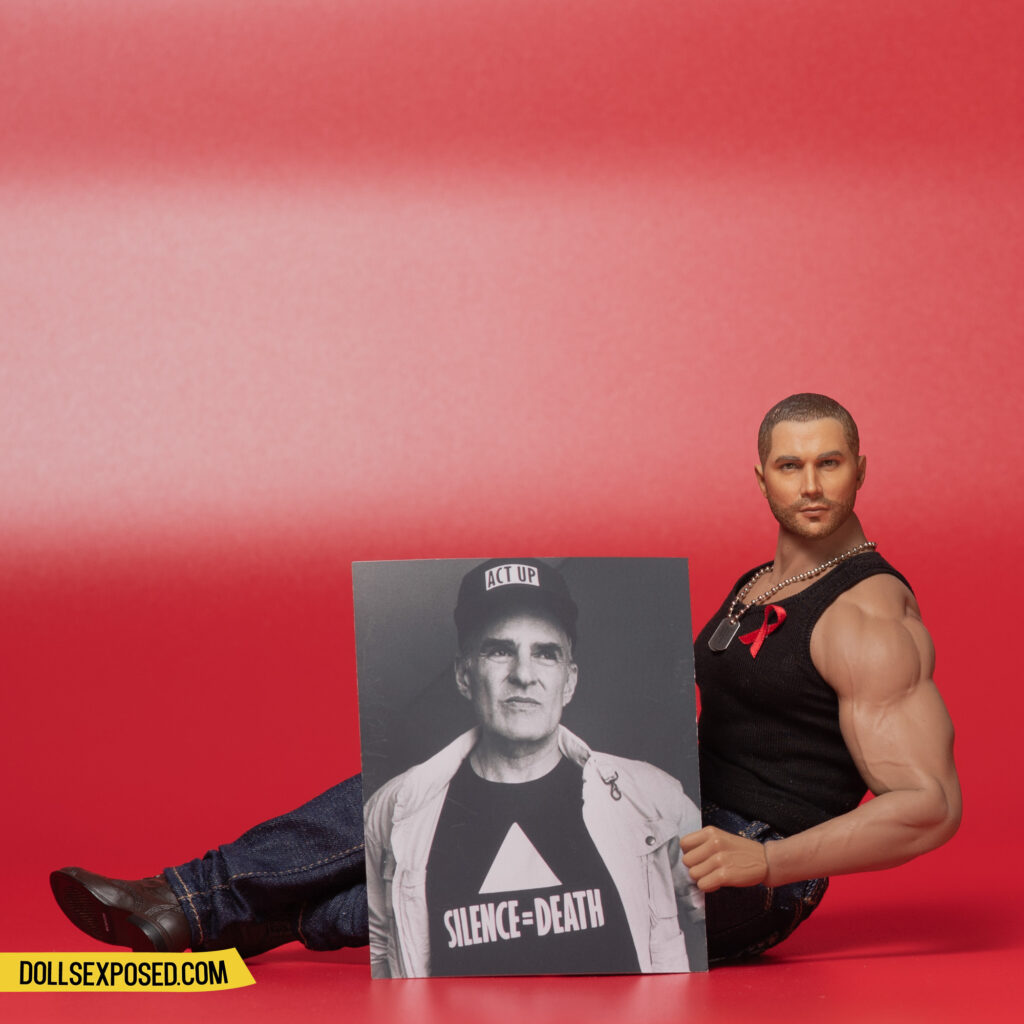
Wade chooses Larry Kramer. He shares and respects Kramer’s militancy and brashness when it comes to HIV and AIDS activism.
Kramer’s essay, “1,112 and Counting” changed Wade’s life.
Kramer’s photo: Shaney Komulainen/ The Canadian Press.
Resources:
Dollsexposed showcases queer erotica, kink, fetish, and activism through twelve-inch doll photography. Their adventures in the doll world began in 2011 before establishing a home on dollsexposed.com eleven years later.
Dollsexposed's works have been displayed at Seattle Erotic Art Festival and Los Angeles Leather Getaway.
you may also enjoy:
Centering Identity as Small Business Owners
Dollsexposed visits our three denizens, who are small business owners, to talk shop and how their racial identity informs their business decisions.
Chrissy’s Gala Wear for Seattle Erotic Art Festival 2024
It feels like only yesterday I put Chrissy in his first dress, and my, how things have evolved.
Dollsexposed at Seattle Erotic Art Festival 2024
I’m honored and ecstatic to announce one of my doll photos was accepted to the juried artists’ portion of the 2024 Seattle Erotic Art Festival.
Around Jakarta in Eleven+ Hours
Jakarta is a lot of things: loud, noisy, polluted, infested with motorists who wouldn’t mind running over you as long as they could get to their destination a second faster. But it’s also home.
Dollsexposed’s CA Super Tuesday Voting Guide
Super Tuesday is coming in less than two weeks for us Californians. This is a pivotal beginning that will culminate on November 5, 2024.
Valentine’s Day with Matt & ChrissyHardcore
Matt grins as he watches Chrissy tap away at his laptop, the sheer pink robe barely covering Chrissy’s body.

